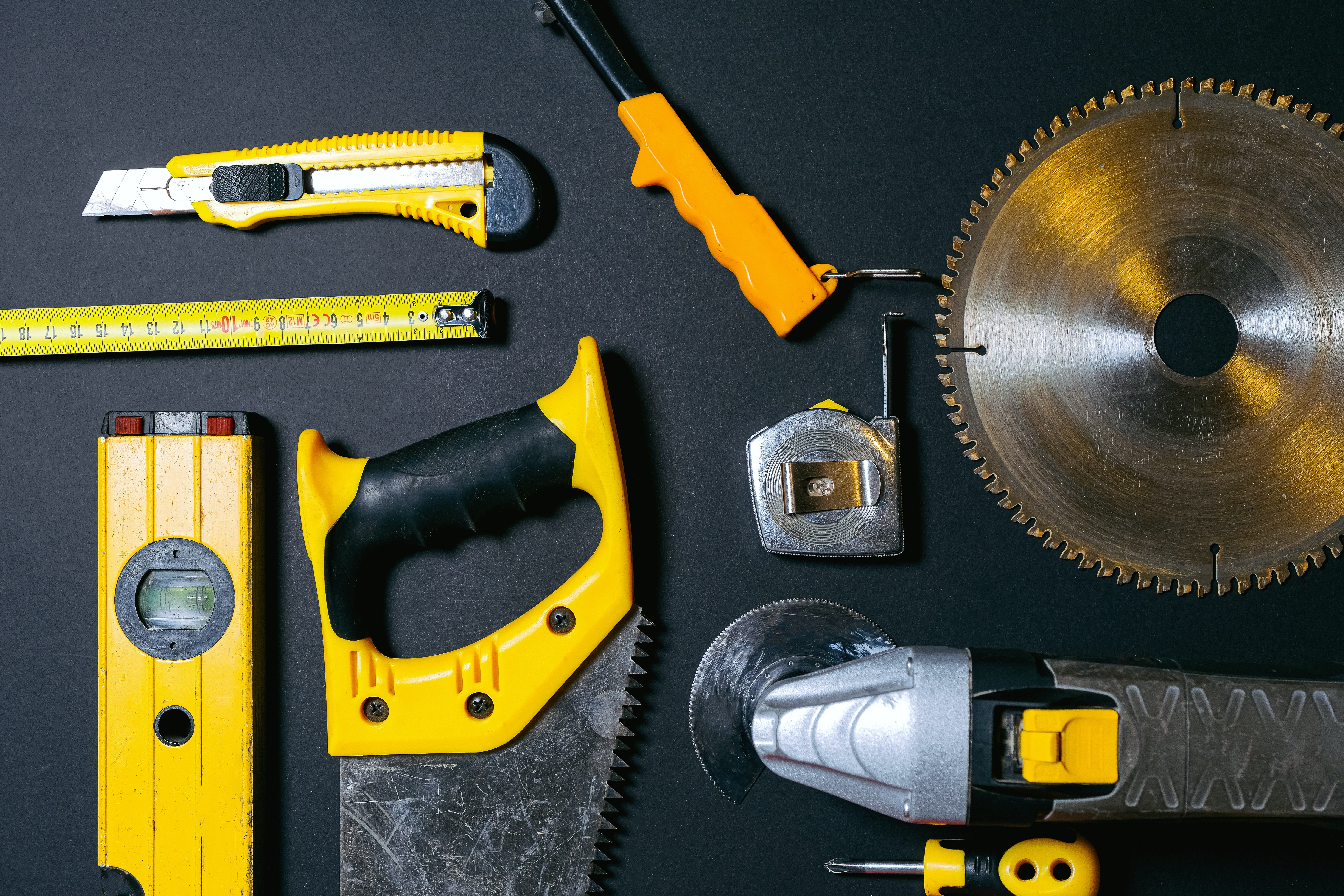Materials that are commonly used in hand tools
There is a saying in materials science that “the composition determines the structure, and the structure determines the performance”. Today we will take you to understand the common materials of hand tools.
Carbon steel: CS
According to the level of carbon content, it can be divided into high, medium and low carbon steel. The higher the carbon content, the greater the hardness and the lower the toughness. Tools are generally made of high carbon steel, because of its high hardness and high strength, but poor toughness, it is generally not suitable for screwdrivers (easy to crack), but it is widely used in some general tool materials, such as wrenches.
Chrome vanadium steel: Cr-V
Chromium vanadium steel is an alloy tool steel added with chromium (Cr) and vanadium (V) alloying elements. Its comprehensive strength and toughness are superior to carbon steel, and it is suitable as an ideal material for high-quality tools. Commonly used in pliers, wrenches, screwdrivers, manual sockets are generally made of 50BV30 chrome vanadium steel.
Chromium molybdenum steel: Cr-Mo
It is an alloy of chromium (Cr), molybdenum (Mo), iron (Fe), and carbon (C). It has excellent impact resistance, excellent strength and toughness, high temperature and high pressure resistance, and its overall performance is better than that of chromium vanadium steel. It is suitable for making top-level screwdrivers and small hexagonal wrenches. Generally, 35CrMo chrome-molybdenum steel is used for pneumatic sockets, but the material is more expensive.
S2 tool steel
It is an alloy of carbon (C), silicon (Si), manganese (Mn), chromium (Cr), molybdenum (Mo), and vanadium (V). Excellent impact-resistant tool steel with excellent strength and toughness, used to make high-strength screwdrivers, hexagonal wrenches, etc. The overall performance is better than chrome vanadium steel, but because it is imported, the actual material selection is not as extensive as chrome vanadium steel.
Aluminum Bronze and Beryllium Bronze
These two materials are basically used to make explosion-proof tools. Explosion-proof tools refer to tools that do not detonate explosive gases in flammable and explosive environments. Beryllium bronze is harder, more tensile, and has a special antimagnetic function. It can be used normally in a working environment with a magnetic field, so the price is higher than that of aluminum bronze explosion-proof tools.
Post time: Dec-16-2022


